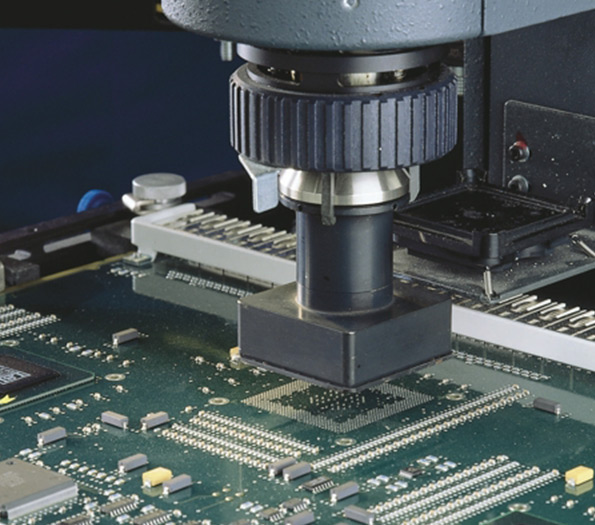

Low-emissivity (low-e) glass has gained significant attention in modern architecture and energy efficiency initiatives. This special type of glass is designed to reduce heat transfer, making it an integral component in improving energy performance in buildings and vehicles.
Emissivity is a measure of a material's ability to emit thermal radiation. A low emissivity value indicates that the material does not emit heat well, which is particularly beneficial in energy-efficient applications. Low-e glass is typically coated with a thin layer of metal or metallic oxide, which serves to reflect infrared light while allowing visible light to pass through. This reflective capability helps keep interiors comfortable by preventing excessive heat loss during colder months and minimizing heat gain during warmer months.
Additionally, low-e glass enhances the overall comfort of indoor spaces by minimizing glare and reducing the UV radiation that can fade furnishings and artwork. With its ability to filter out harmful rays while allowing natural light to illuminate interiors, low-e glass strikes a balance between aesthetics and functionality.

Selecting the right low-e glass involves understanding its emissivity value, which may vary based on the type of coating and the desired performance characteristics. There are several variations of low-e coatings, including hard coat and soft coat options, each suitable for specific applications. Hard coats are applied during the manufacturing process of the glass, while soft coats are added after, resulting in better insulation properties.
In addition to residential buildings, low-e glass is increasingly used in commercial settings, contributing to certifications such as LEED (Leadership in Energy and Environmental Design). As the world focuses on sustainability and energy efficiency, the role of low-e glass in architecture and design is expected to grow, leading to a more environmentally friendly future.
In conclusion, low-e glass serves as a crucial element in energy efficiency, minimizing heat loss and gain while enhancing indoor comfort. Its low emissivity value makes it an ideal choice for modern buildings committed to sustainability and energy conservation. As technology advances, the integration of low-e glass is likely to transform the way we construct and interact with our built environments.